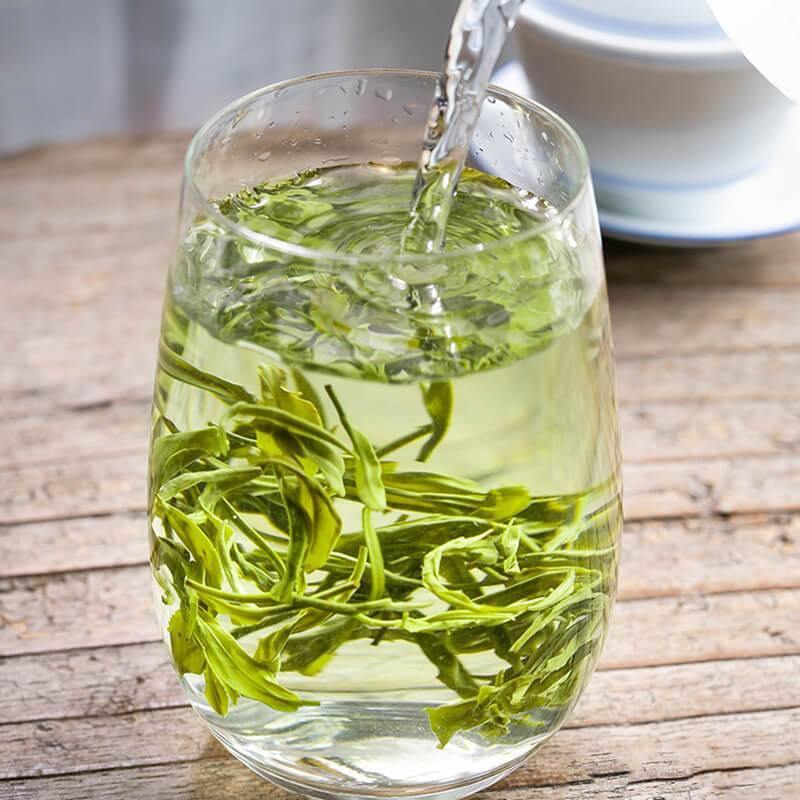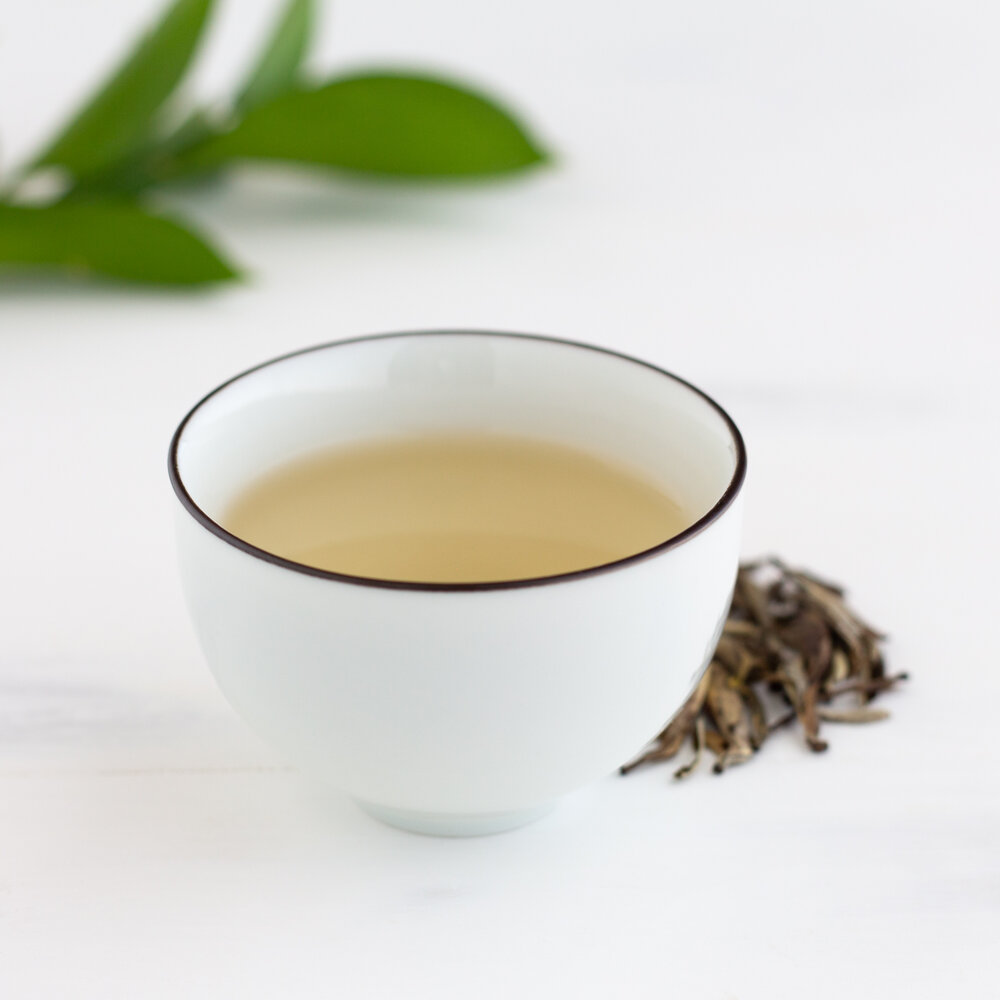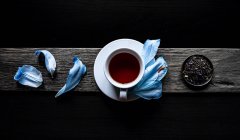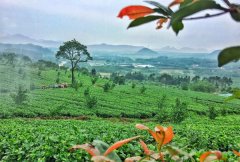What kind of tea is white tea? How to distinguish between white tea and green tea which is more refreshing? The origin story of tea
Although the world of tea seems beautiful and people don't have to argue about the health gifts it brings, many of us still want to know the difference between green tea and white tea. So what's the matter with green tea Vs white tea? Let's keep reading!
Tea is one of the oldest and most popular hot drinks. It has existed for centuries and is still popular all over the world. The most common teas loved by tea lovers around the world include green tea, black tea, oolong tea and white tea.
People have consciously shifted from very caffeinated coffee to richer alternatives such as green and white tea, taking into account the excessive health benefits associated with them, including losing weight, reducing the risk of some cancers, and stronger immunity.
But as many of our customers have asked, we are here to discuss the difference between green tea and white tea.
Let's take a look at green tea and white tea respectively to see the difference between the two popular teas.
Green Tea
One of the widely consumed drinks in the world. Green tea is made from the leaves of tea trees, which provide a liquid with a color ranging from light yellow to light green. They have rich botanical and wonderful herbal flavors, and the caffeine content is milder than black tea. Unlike black tea, green tea is not oxidized, so it remains naturally green. They are subjected to rapid thermal treatment directly, and the tea enzymes are destroyed before further processing.
Origin

It is said that green tea originated in China and then spread to all parts of Asia. As we all know, Yunnan Province in China produces some of the best varieties of green tea, and it is also the hometown of camellia, the mother tree of tea tree. Interestingly, most kinds of green tea come from Yunnan!
This is due to Buddhist monks who travel and help spread green tea in India, Japan and many European countries. Speaking of Japan, the Zen masters took the seeds of the tea tree from China. Green tea has become the center of spiritual life, helping monks meditate and concentrate for a long time. Today, China and Japan are the two largest producers of green tea in the world. The main difference between Chinese and Japanese varieties of green tea lies in their harvesting, planting and processing methods.
Both green tea and white tea come from tea trees, but the difference between green tea and white tea lies in the way they are processed. White tea and green tea differ in the age of picking and harvesting tea. The overall characteristics of the two kinds of tea are very different, including taste, aroma, structure and so on. There are also differences in the way they are handled.
White tea
This delicious white tea is one of the least processed teas in the world. White tea is one of the rarest teas in the world. It is actually harvested from fresh buds before the tea leaves are fully opened. The young buds are covered with white hairs, which is the reason for the unique white color and name of these teas.
Origin
In medieval China, tea occupied a central position, and it gradually became a common practice to pick tender buds from the best tea trees and present the latest, most unique and rarest tea to the emperor. It is said that white tea comes from this custom. The earliest white tea was harvested and steamed in spring. After removing the outer leaves, use only the buds and wash and dry them carefully. Then grind these dry buds into fine powder, just like matcha, which is popular now. Then mix the powdered white tea in hot water and serve a cup of elegant tea.

White tea eventually spread from China to other countries. Today, most of them are produced in Taiwan, northern Thailand, eastern Nepal, India and southern Sri Lanka. However, all of these variants have distinct characteristic attributes from each other.
Important Notice :
前街咖啡 FrontStreet Coffee has moved to new addredd:
FrontStreet Coffee Address: 315,Donghua East Road,GuangZhou
Tel:020 38364473
- Prev

What kind of tea set do you use to make black tea? do not use purple sand pot to make tea.
When learning to be certified as a tea master, use the Chinese kungfu tea ceremony as the format for tasting and evaluating tea. It teaches you to use all your senses to appreciate the feeling, appearance, texture and aroma of dried tea leaves, tea soup and wet leaves. I have been taking advantage of every opportunity to prepare tea in this way, especially at the monthly tea tasting. You might say, I've become a...
- Next

How much is Yinghong No. 9 black tea per jin? What is the authentic brand of Yingde black tea Yinghong 9?
This is one of our favorite Chinese black teas, and it is also the main variety in our tea cabinet. It is very exciting again in our tea traveler's choice (in a brief absence). Like many big-leaf black teas in China, the traditional view is that this kind of tea should not be drunk when it is very fresh, because the taste has no chance to blend. So, this is still young, but no longer
Related
- Detailed explanation of the proportion of gold gouache in hand-brewed coffee? What are the Gold Cup Guidelines?
- What is the difference between the gold label rose summer and the red label rose summer in Guixia Village? Are Rose Summer 1931 and Gori Rose Summer?
- Cudi stores ban other brands of coffee?! Netizen: No problem
- Is it better to make coffee cold or hot? Why is it recommended to drink hot coffee?
- Lucky people collapsed! The store ceiling is full of AI surveillance cameras?!
- Law Enforcement Bureau? Mixue Ice City enters Zhengzhou BRT platform!
- Heavy! Nestlé has been exposed to consider selling blue bottle coffee!
- Compensation of 270 million yuan! Starbucks has been charged with violating labor laws more than 500,000 times!
- What are Xizhao coffee beans? Why did they become champion beans? How to rush to the manor on the dividing line in Colombia?
- What does channel effect mean in coffee? Why are there holes in the coffee powder cake?

